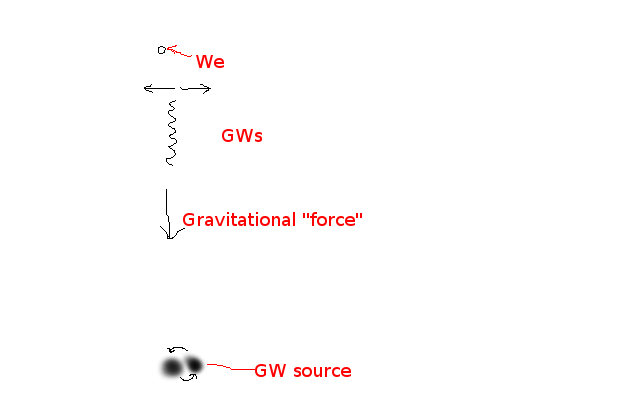Gravity is always attractive as it creates a positive curvature in spacetime. Then, such curvature in the 4D hypersurface is like "a mesh" of geodesics. These geodesics are the path you follow in a free fall when attracted by another massive body nearby, made of positive mass. The local curvature of the 4D hypersurface is then locally positive (spherical geometry), and the geodesics always evoke gravitational attraction.
If one could generate a negative curvature in spacetime, either by producing some exotic matter of negative mass, or by concentrating enough negative energy density locally (neither is known), then a negative curvature would be induced in spacetime, a hyperbolic geometry (or horse saddle geometry) producing geodesics and a free-fall path that evoke gravitational repulsion, i.e. antigravity.
As for the gravitational waves, they have indeed been detected (by LIGO/Virgo), but their associated quantum that would mediate gravity, a 2-spin boson called the "graviton", is still hypothetical and AWOL for a century. Not all fields have a mediate elementary particle. Gravitational waves could just be "ripples in spacetime", like 2D ripples on the water surface of a pond. Einstein's coupling constant 8πG/c⁴ in his field equations tells us how is such "coupling" i.e. the direct relation between how much spacetime is distorted (the Gμν tensor, LHS) with respect to the amount of local matter-energy (Tμν tensor, RHS). It shows the stiffness of spacetime and how it is extremely rigid: indeed, the coupling constant has the light speed raised to the fourth power at the denominator, making it extremely small.
So any gravitational waves are very tiny, even with a lot of energy focused locally, so any gravitational waves that would be artificially produced in the future are expected to be very weak. It is no coincidence that such waves have been detected thanks to the gigantic energy released by the merging of two black holes, yet the signal was almost lost in the noise and its detection required a particularly elaborate algorithm.


